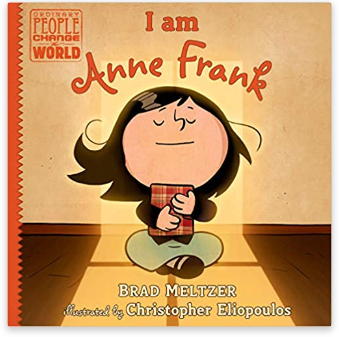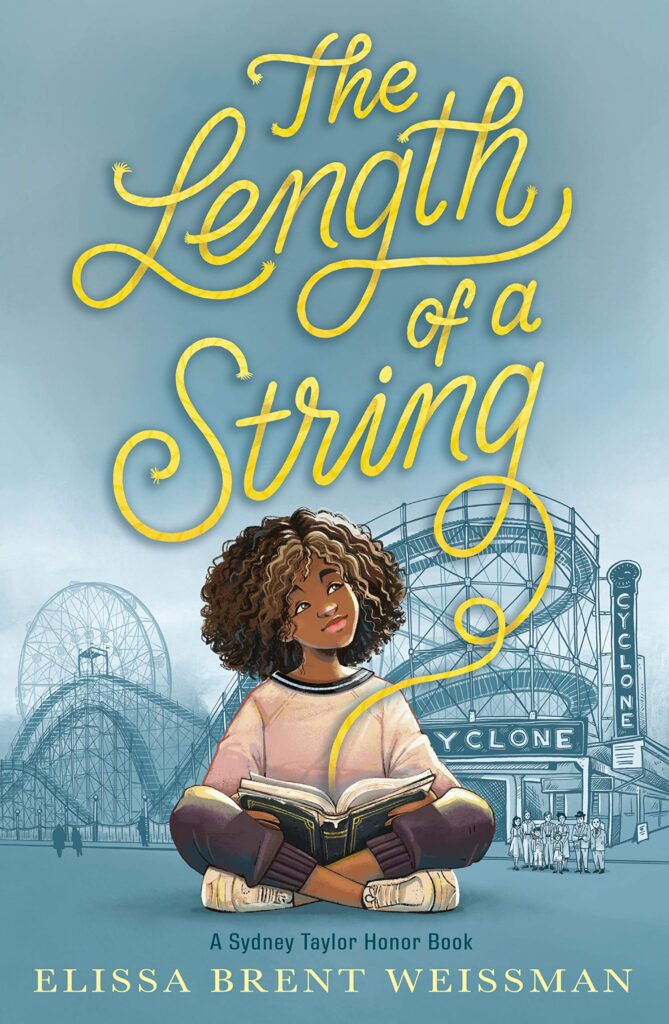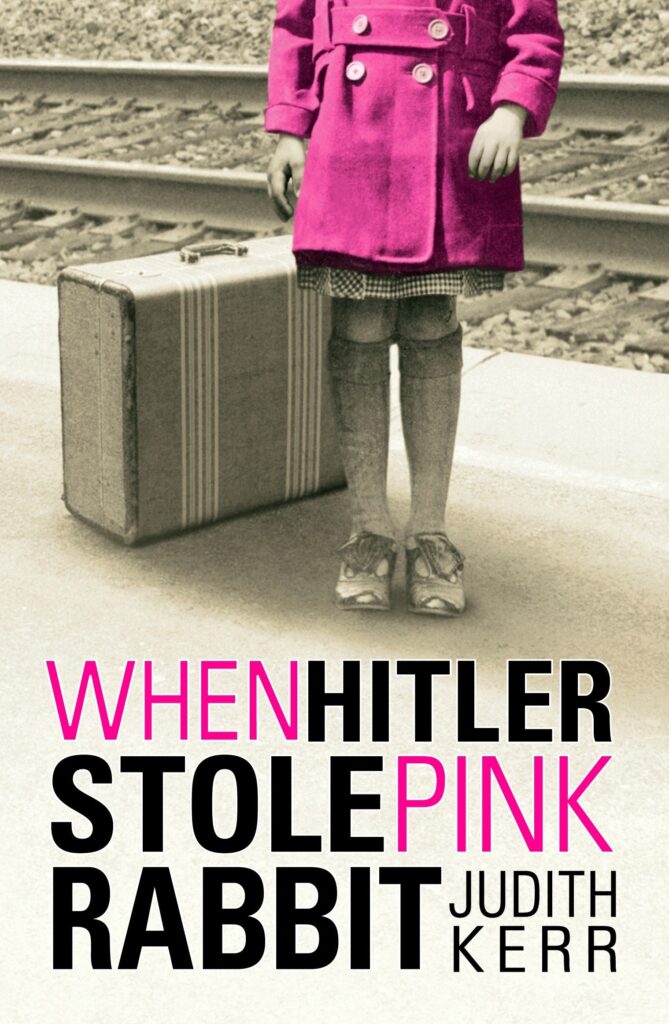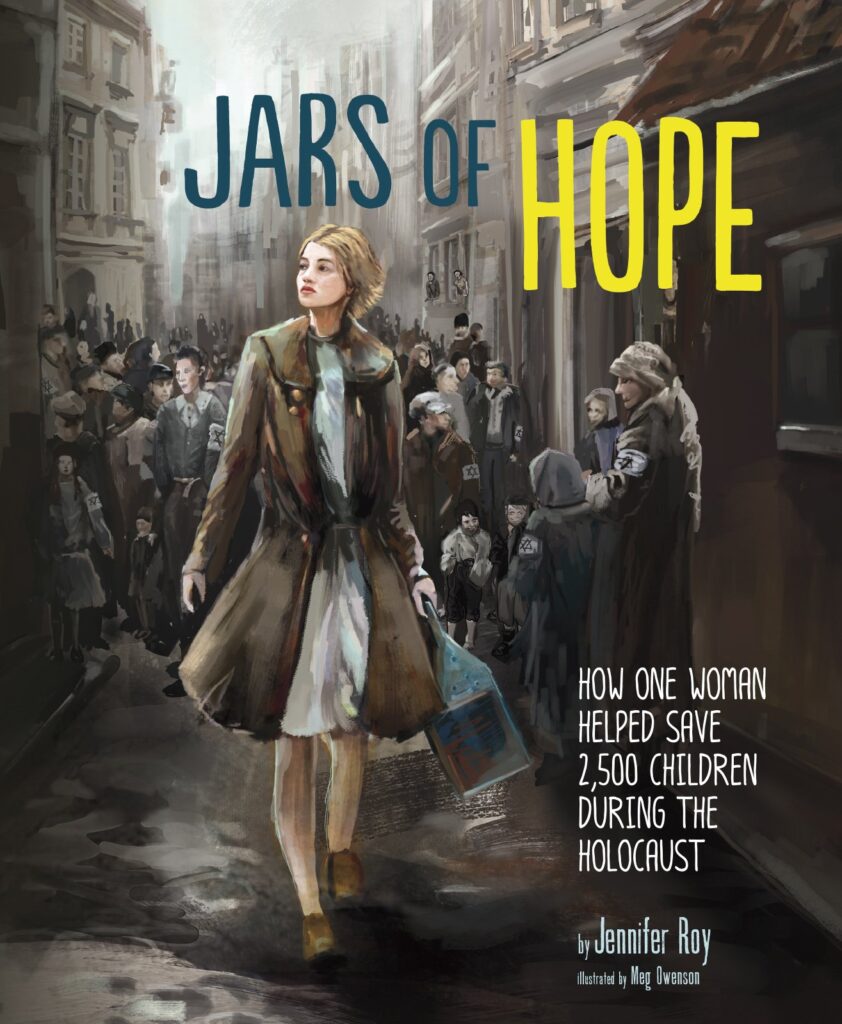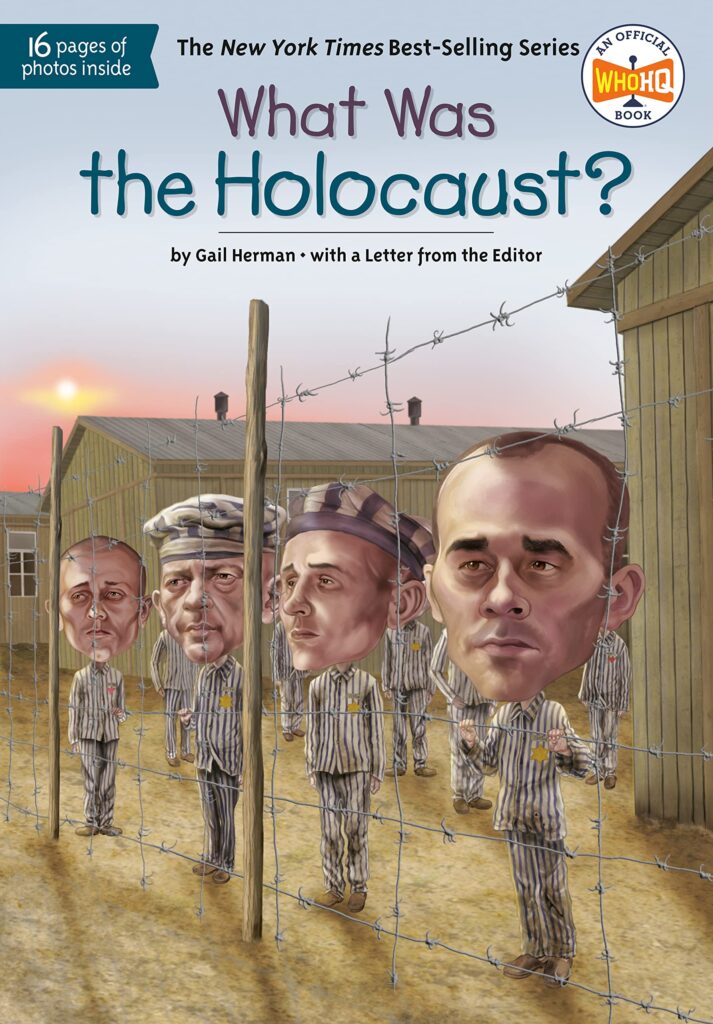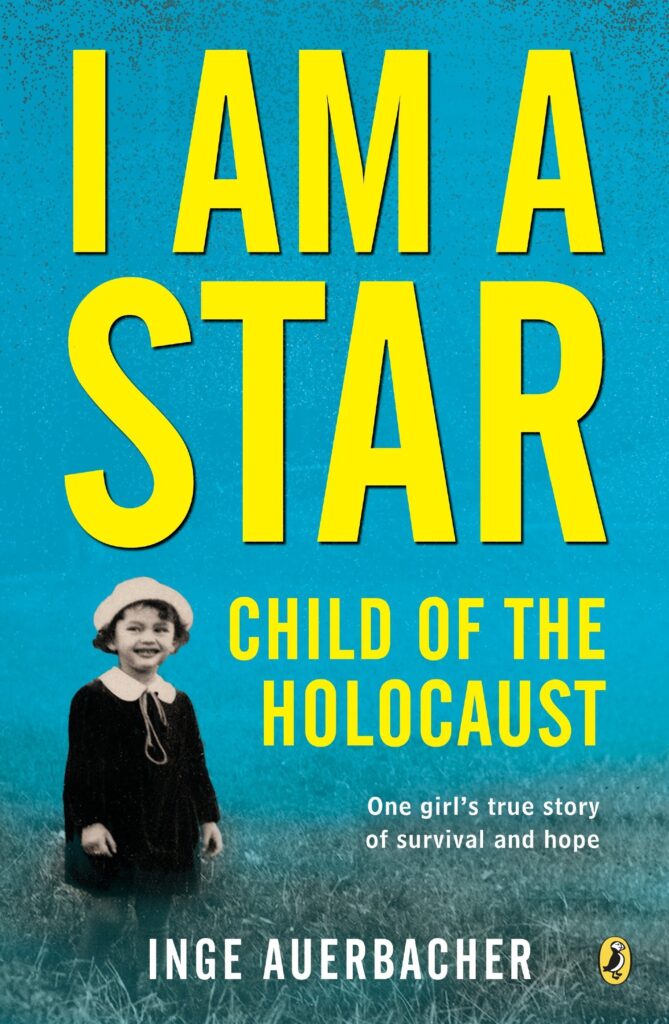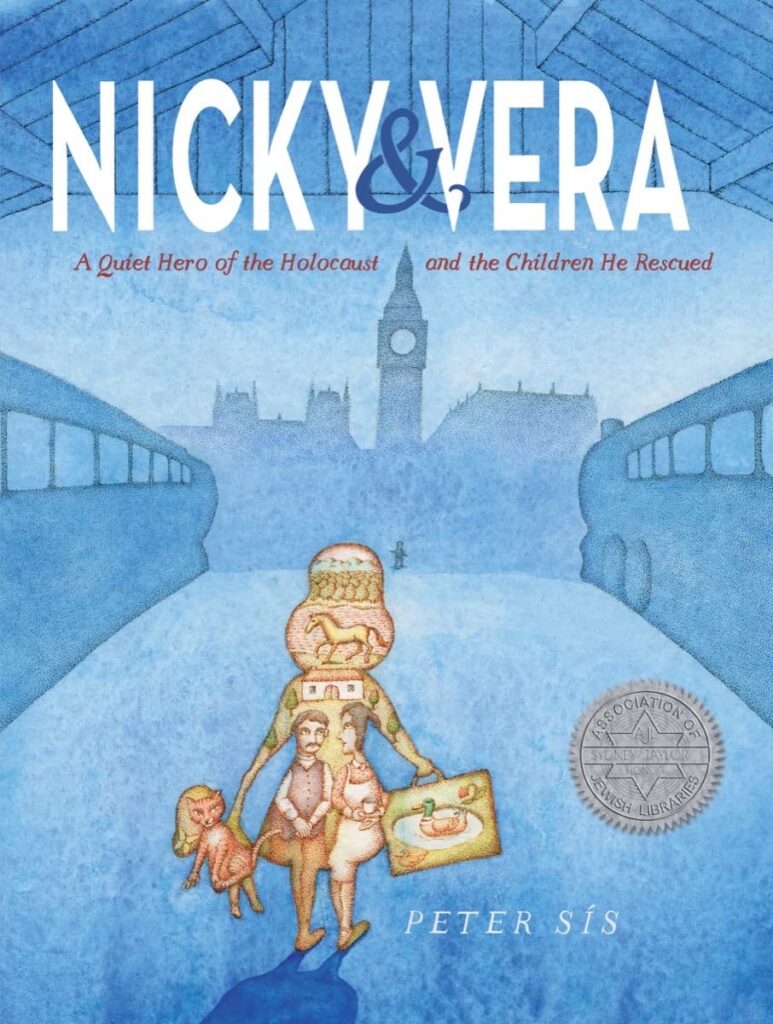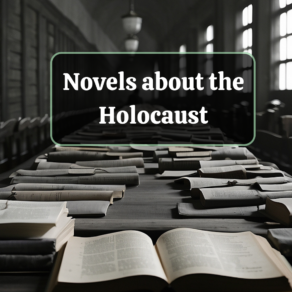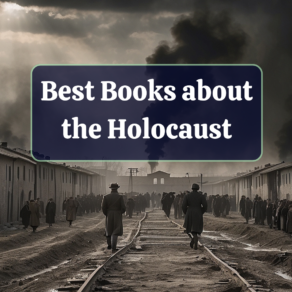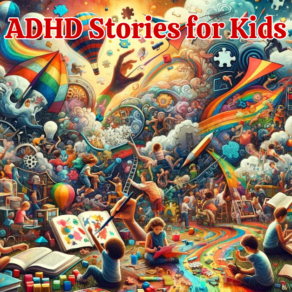The Holocaust is one of the most tragic events that marked last century. During World War II, millions of jews were executed by Nazis soldiers and their collaborators for the simple reason that they were jews.
Those who were lucky enough to survive this tragic event wrote some heart wrenching memoirs about life inside the infamous Auschwitz camp recounting in graphic detail the horrors and atrocities committed there.
It is essential that we never forget what happened during this dark period in history. To this end, I debuted a series of posts dedicated to the Holocaust. The purpose is to provide teachers, parents, students, and anyone else for that matter, with educational resources and historical materials that can help them gain deep insight on this tragic event.
As part of the Holocaust series, this post features some of the best children’s books that teach young readers about this dark chapter in our past. From stories of courage and resilience to tales of heroism, these children’s Holocaust books provide a powerful reminder of why it is important for everyone to learn about the dangers of hatred, discrimination, racism and prejudice.
Also in this Holocaust series:
- Best Holocaust memoirs
- Best novels about the Holocaust
- Best nonfiction Holocaust books
- Best books about Auschwitz concentration camp
Children’s Holocaust Books
These children’s Holocaust books are suitable for young readers and contain carefully chosen illustrations as well as easy-to-read text describing what happened during World War II. I invite you to check them out and to share with us your feedback.
1. I am Anne Frank, by Brad Meltzer
I Am Anne Frank, by Brad Meltzer, is a biography of the iconic Holocaust victim and diarist. The book focuses on the traits that made Anne Frank great and how they can be applied to living heroically. It tells her story in an engaging conversational manner suitable for younger readers, featuring a timeline and photos at the back.
2. The Librarian of Auschwitz: The Graphic Novel, by Antonio Iturbe
The Librarian of Auschwitz by Antonio Iturbe is an emotionally charged story about fourteen-year-old Dita who is taken with her mother and father from the Terezín ghetto in Prague to the notorious Nazi concentration camp.
Dita manages to adjust to life in the camp and eventually agrees to take on the responsibility of being the librarian. Throughout her time at Auschwitz, Dita must hide the eight precious volumes that have been smuggled past the guards and uses them to bring hope and courage to other prisoners.
In this novel, readers are exposed to a compelling story about Dita’s courage and resilience in the face of terrible circumstances. Despite the horrors of Auschwitz, Dita’s hope and determination to provide comfort and solace through her books gives readers a glimmer of light in the midst of darkness.
3. The Length of a String, by Elissa Brent Weissman
The Length of a String, by Elissa Brent Weissman, is a story about Imani, a black girl living in Baltimore with her white family. She has been searching for her birth parents and hopes to find them as her big Bat Mitzvah present.
After her great-grandma Anna passes away, Imani discovers a journal from 1941 when Anna was twelve and fled Nazi-occupied Luxembourg alone. Imani reads the diary, which tells of Anna’s journey to America and her new adoptive family. Through this discovery, Imani begins to understand her place in the family and her own identity more deeply.
4. When Hitler Stole Pink Rabbit, by Judith Kerr
When Hitler Stole Pink Rabbit by Judith Kerr is a story about a Jewish family who must flee their home in Germany shortly after World War II begins due to the rising anti-Semitism of Adolf Hitler. Anna and her brother wake one morning to find their father gone, and soon afterward their mother informs them that they must secretly join him.
Anna struggles to understand why their family is forced to embark on a journey of displacement, but soon becomes an expert in adjusting to her ever-changing surroundings. Through this story, readers come to realize the terror and uncertainty that Jewish families experienced during World War II. The book offers an invaluable resource for young readers who want to learn about the Holocaust from a child’s perspective.
5. Survivors of the Holocaust, by Kath Shackleton
Survivors of the Holocaust, by Kath Shackleton, is an inspiring collection of true stories that recount the courage and resilience of Jews who experienced the oppressive rule of Adolf Hitler and his Nazi party in Europe between 1933 and 1945.
Through these personal accounts, readers gain a greater understanding of the true horror and devastation inflicted on innocent civilians during this period of history.
The book features stories from a range of different countries, allowing readers to gain a broader perspective on the Holocaust and its many victims. From Austria and Germany to Lithuania and Poland, each story is unique in its own way but all are linked by their common theme of courage and strength in the face of adversity.
6. Hana’s Suitcase: The Quest to Solve a Holocaust Mystery, by Karen Levine
Hana’s Suitcase by Karen Levine tells the story of Fumiko Ishioka, the curator of a small Holocaust education center in Tokyo, who received an empty suitcase from the museum at Auschwitz.
On the outside, in white paint, were the words “Hana Brady, May 16, 1931, Orphan.” Fumiko and the children of the center were determined to find out who Hana was and what happened to her, leading them on an incredible journey around the world.
The narrative follows both Fumiko’s discoveries and Hana’s story before and during World War II, as she faced discrimination, deportation and more. As Fumiko searches for the truth about Hana’s fate, readers will join her on an emotional journey through history and learn about the bravery of a young girl who faced some of the darkest moments of the Holocaust with grace, courage and resilience.
7. Jars of Hope: How One Woman Helped Save 2,500 Children During the Holocaust, by Jennifer Rozines Roy
Irena Sendler was an incredible woman who took on the monumental task of saving 2,500 children from the Warsaw Ghetto during the Holocaust. Despite the danger it posed to her own life, she defied the Nazis and organized an elaborate rescue plan. She created false identities for each child and used a secret network of contacts to help smuggle them out of the Ghetto and bring them to safety.
8. What Was the Holocaust?, by Gail Herman, Who HQ
What Was the Holocaust? is a detailed exploration of one of the most horrific events in human history. The book traces the rise of Hitler and the Nazis and their anti-Semitic policies, leading to oppressive laws targeting Jews, as well as to ghettos all over Eastern Europe. Ultimately, this resulted in the Final Solution, in which as many as twelve million people were killed in Nazi death camps – six million of them Jews.
This book is suitable for young readers and contains eighty carefully chosen illustrations, sixteen pages of black and white photographs and easy-to-read text that describes what happened during this devastating period. It serves as a powerful reminder of why it is important for everyone to learn about the dangers of hatred, racism and prejudice.
9. I Am a Star: Child of the Holocaust, by Inge Auerbacher
Inge Auerbacher’s childhood changed drastically in 1942 when her Jewish family was sent to a concentration camp in Czechoslovakia during the Nazi regime. Despite facing unimaginable hardship and danger, Inge and her parents managed to survive for three years until finally being freed in 1945.
In I Am a Star: Child of the Holocaust, Inge shares her family’s inspiring story of strength and courage in the face of adversity, along with her remarkable determination to never forget the horrors of her experience.
10. Hidden: A Child’s Story of the Holocaust, by Loic Dauvillier
Hidden A Child’s Story of the Holocaust, by Loic Dauvillier tells the story of a young Jewish girl in Paris during World War II. When her parents were taken to concentration camps and the Nazi danger threatened her, she was saved by a series of neighbors and friends who risked their lives to keep her alive.
Years later, Dounia and her mother were reunited after the war and she finally had a chance to tell her story. This beautiful graphic novel for young readers is a powerful reminder of the resilience of the human spirit in the face of unimaginable suffering.
11. Nicky & Vera: A Quiet Hero of the Holocaust and the Children He Rescued, by Peter Sís
Nicky & Vera by Peter Sís tells the story of Nicholas Winton, an Englishman who made a heroic effort to save almost 700 Jewish children from Nazi-occupied Europe. In December 1938, he went to Prague and set up a makeshift headquarters in his hotel room.
He took names and photographs from desperate parents, raised money to arrange travel and visas, and bribed officials and forged documents as necessary.
By the summer of 1939, hundreds of children had been rescued and transported safely to England. When the war began and no more rescues could be made, Winton put away his records in secret, and told no one about his heroic efforts for 50 years.
Peter Sís weaves Winton’s experiences with the story of Vera Gissing, one of the children he saved. Through luminous, poetic images, Nicky & Vera shows how decency and courage can triumph in even the darkest times. It is an inspiring reminder of the power of one person’s actions to change the lives of hundreds.
Final thoughts
In wrapping up this series on Holocaust education through literature, it’s imperative to reflect on the immense value these narratives hold. These children’s books, while tailored to young readers, carry the profound responsibility of conveying history’s darkest moments in a manner that’s both accessible and respectful. They serve as bridges connecting the past to the present, allowing younger generations to grasp the gravity of the Holocaust and the importance of empathy, tolerance, and human rights.
The Holocaust, with its unimaginable atrocities, is a stark reminder of what can happen when hatred and bigotry are allowed to flourish unchecked. By introducing young readers to this period through stories of resilience, courage, and survival, we not only honor the memory of those who suffered but also plant the seeds for a more compassionate and understanding future. It’s our hope that these books inspire meaningful conversations about discrimination, racism, and the value of diversity, encouraging readers to stand against prejudice in all its forms.




